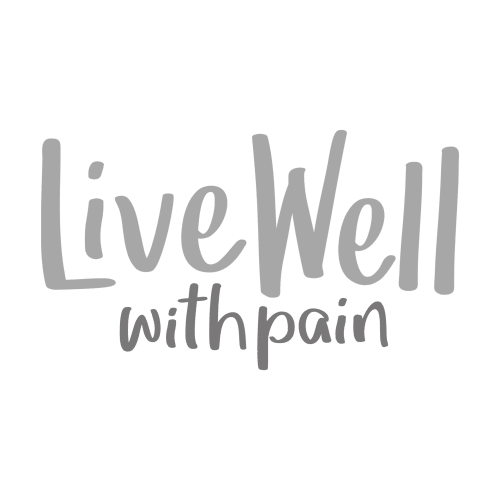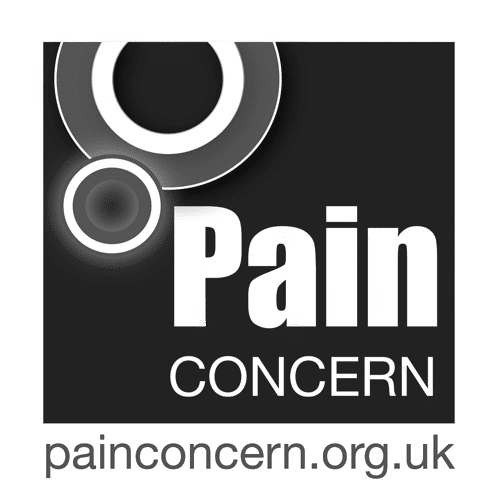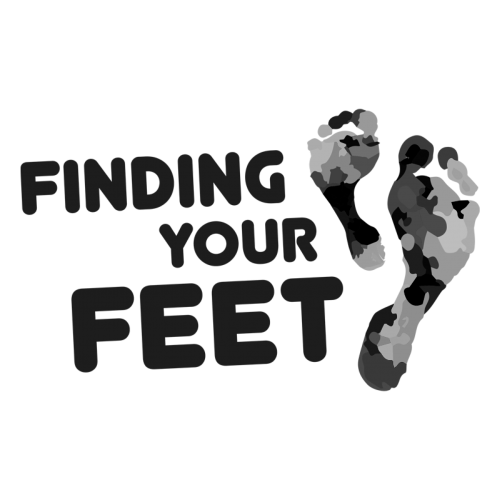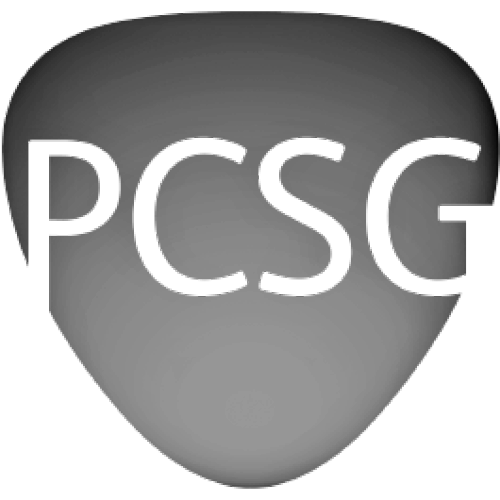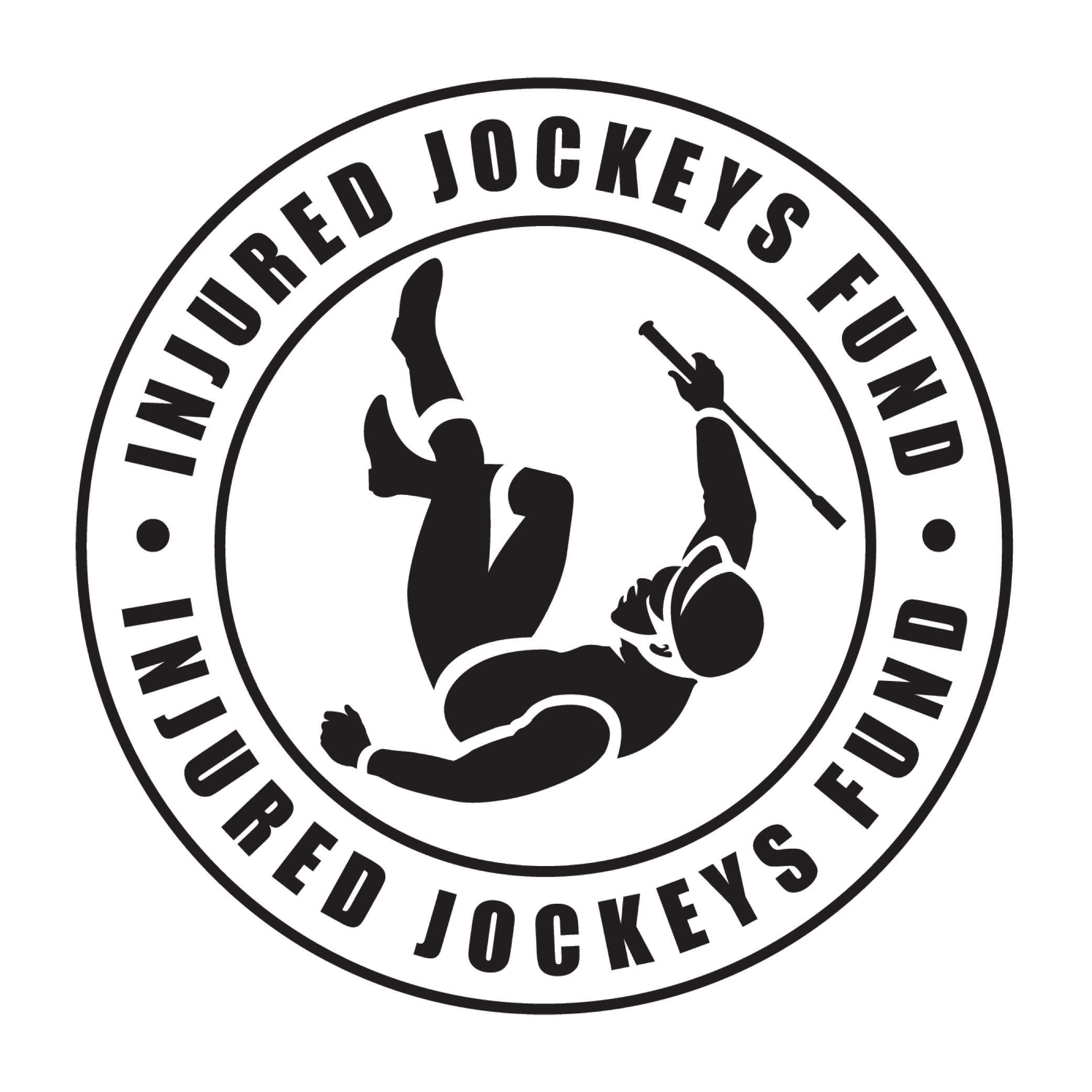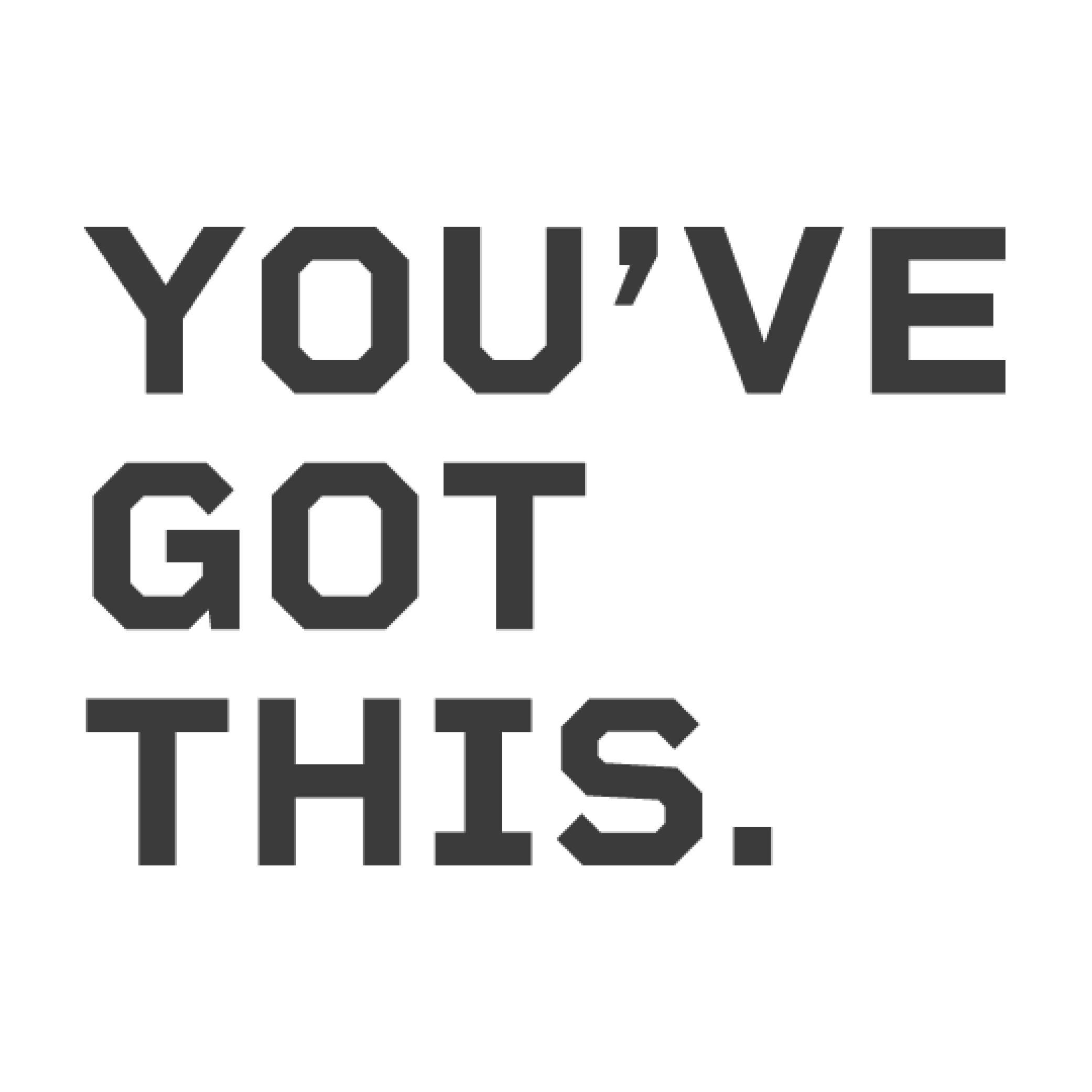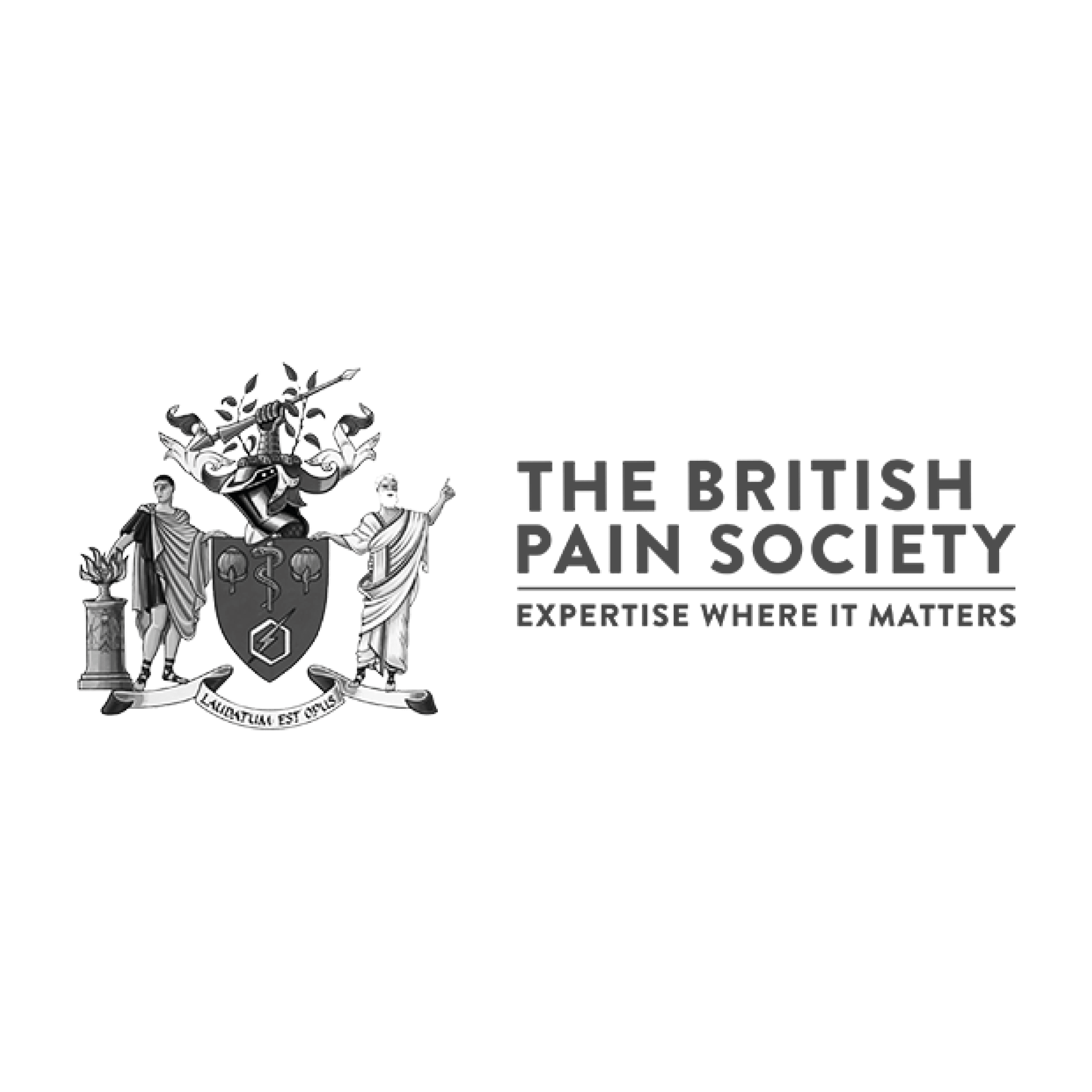Ivor from Darlington tells us how a Pain Management Programme helped him go from depending on a wheelchair to climbing mountains.
I was involved in a road traffic accident back in 1985.

I injured my right knee and afterwards, I would get a little bit of back pain every now and then. Typically, it lasted a week maybe at most before it disappeared. It wasn’t affecting me regularly until 2005 when the episodes of back pain started to increase to every couple of months and then every couple of weeks. I’d notice it on hill walks and it felt different to before but it wore off after a while. Then in late summer 2006, it started to get more intense until one morning in October I went to get up for work and I couldn’t get out of bed. The pain was completely debilitating.
I had to change my role to office work rather than being out and about at work and then later that year I actually had to take early retirement because of the pain. I was lucky, financially to be able to make that decision but it was rather depressing that I couldn’t continue work in any shape or form.
The pain kept getting worse so that within a period of just a few months.
I couldn’t walk anywhere. Even if I was moving around the house I needed to use crutches because I could only manage 3 or 4 strides before the pain started to kick in and it was accompanied by massive muscle spasms. I would just lock up and freeze. An MRI had shown that I had a fairly advanced degeneration of the bottom four discs in the lumbar spine and advanced degeneration of the associated facet joints with a slight curvature of the spine.
I saw doctors and was put on painkillers, at one point I was taking about 24 painkillers a day including tramadol, amitriptyline, paracetamol and anti-inflammatories plus opioid patches. They didn’t do any good and they’re not really a long term solution. I had a whole host of interventions, including epidurals and five lots of facet joint injections into the lower spine. The best result I had was from one set of facet injections in 2013, which gave me about three months of significantly reduced pain but after that it was back to the old routine of continuous pain. Physiotherapy manipulations seemed to make my pain worse. I started group Pilates classes, which only ever helped my pain for very short periods.
I’ve always been a fit guy, but I was surprised at how quickly I lost my fitness.
Before the pain started, on my days off I would pop across to the Lake District to climb a few fells, or on a long weekend I’d drive up to the Highlands of Scotland to go and climb a few munros. That all had to stop within a few months of this pain starting in 2006. Of course, that was quite depressing and I ended up with what a lot of people in chronic pain get: the associated depression and anxiety, which doesn’t help the situation. My world was becoming smaller, which is pretty much what I’ve heard from other chronic pain sufferers. I was horrified by my scan results. They made me feel debilitated, I understand now why scans can be detrimental to recovery because they put it into my mind that I had this massive problem with my spine.
The doctors told me that surgery wasn’t an option but that they had been getting results from the Pain Management Programme which I would be an ideal candidate for. By this time, if I went out of the house I was in a wheelchair and I was always accompanied by my wife because of my anxiety. The programme felt like the last chance saloon. I was sceptical before I started the programme because if the surgeons and the drugs and the injections couldn’t fix the problem, what was talking about it going to do? But I’d run out of options and when they talked about science, that resonated with me. I like science and I found it all deeply interesting. We were given quite in-depth details of how pain works and I learned that even though you’ve got physical problems like degeneration, the brain is sometimes also overreacting to a situation.
I was really interested in learning, it was quite fascinating and knowledge for me is a weapon.

We also worked on what behaviours I could change at home to help with pain and on gradually increasing how far I could walk. At first for me that was three or four strides and I started doing them out of my front door and back to get out of my comfort zone. Each week I’d do an extra step which took an awfully long time but after a year and a half I managed to get up to around half a mile. If pain started to niggle, I’d reduce my activity a little, get back to where I felt comfortable and then build on that. I’d given up cycling because of my pain and difficulties with balance but when I watched the Invictus Games, I saw these lads and lasses racing around with spinal injuries on recumbent trikes. I bought myself one – it’s a mountain trike so it can go off-road out in the countryside, which I love. I was back amongst the hills, going through the forests and that’s so beneficial for my brain, my body and my state of mind. It’s great fun, like being 8 years old again. Now I’m even back on a mountain bike as well.
In 2019, I was at a point where I could walk a mile and a half comfortably so I wanted to add in some hills.
For my 60th birthday we climbed a little fell in the Lake District, which was great. Yes, I noticed it was painful, when I got back down I was starting to get muscle spasms but I could control them. I’ve kept up the walking since then and I’ve now done seven or eight Lakeland fells within the 1500ft range or slightly over. Then, last year me and my wife decided to climb a munro. We got 2500ft up a mountain in Glen Coe and while it wasn’t quite the top, that was a Kevin moment for me, like in Home Alone, punching the air.
Now all my painkillers have been consigned to the bin and I share my life with pain very easily.
It used to be there every second of the day and night for over ten years, whereas now I would describe it more as ‘discomfort’. For example, yesterday I went on a five mile walk and when I came back there was a niggle of pain in my lower back. But it was nothing and within a few minutes of relaxing, it had gone. I was at 10/10 pain all of the time, and now I’d say I’m down to a 1 or a 2.

My advice? It’s a matter of persevering if you can because it’s got to be done incrementally – you can’t do it all in one go which was my old routine. I’d try to do an hour on the treadmill and then I wouldn’t be able to move. It’s taken time but I’ve gone from getting around in a wheelchair to hiking in the Alps. Things have gone from bad to brilliant and it’s entirely down to being pointed in the right direction by the Pain Clinic.



